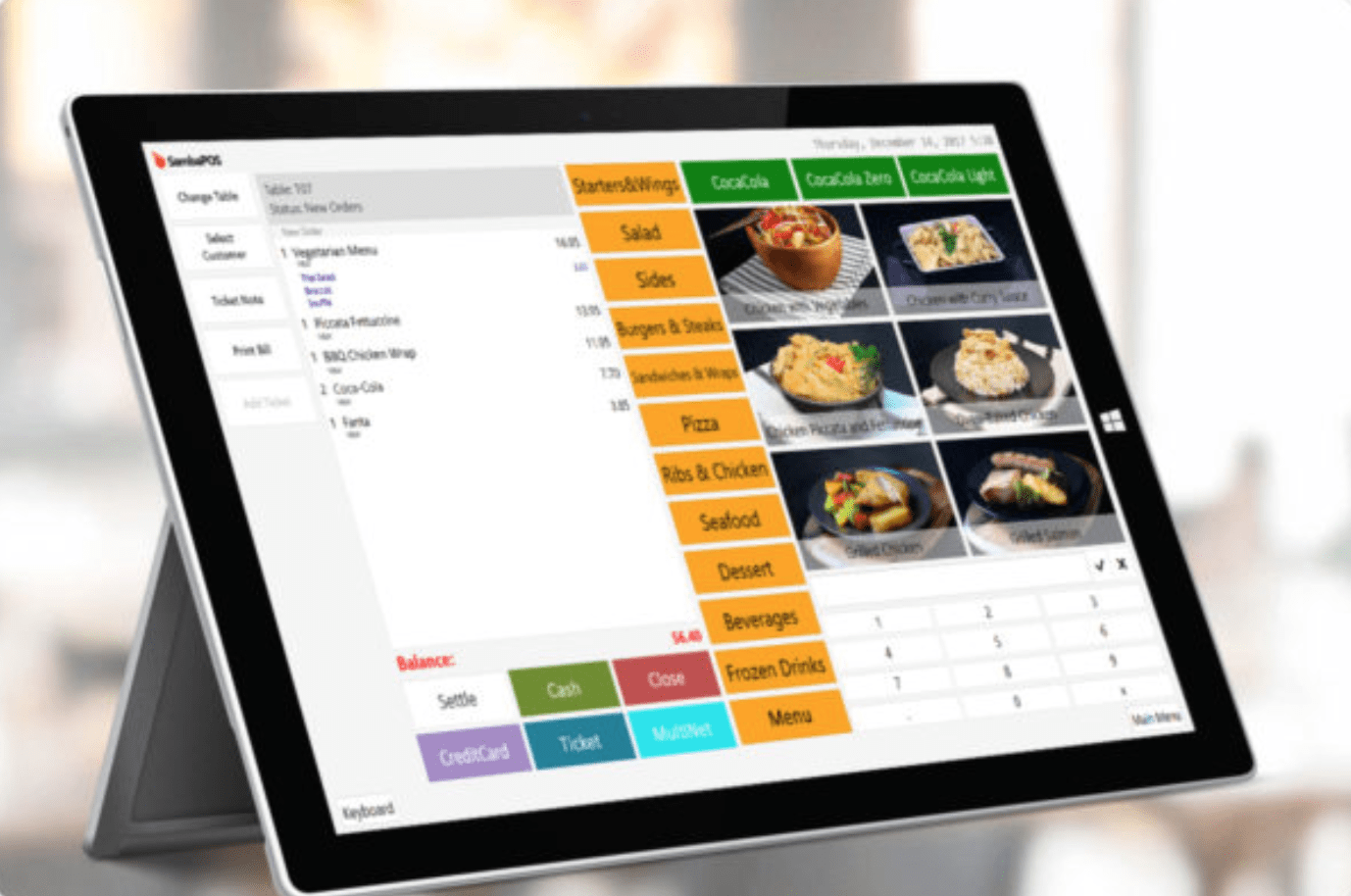COVID-19 has wreaked havoc on the hospitality industry in Australia, first during the strict initial lockdowns and now, as social distancing restrictions start to ease. And with scores of restaurateurs facing the daunting prospect of bankruptcy, there’s never been a more important time to optimise and evolve business operations.
Keep the following tips in mind for your best chance of staying afloat during the difficult days ahead.
Demonstrate a strict approach to hygiene
Contents [show]
Although case numbers in Australia have slowed to a crawl, the coronavirus is still out there, so diners are understandably nervous about contracting the disease. And as a restaurant owner desperate to attract new customers, you need to do everything possible to alleviate those concerns.
Have staff clean and disinfect your restaurant frequently and thoroughly, paying close attention to commonly touched services such as door handles and table tops. Leave a bottle of hand wash on each table, and remove communal items such as condiments and cutlery trays. Rearrange your layout to cater to the maximum number of customers your state’s restrictions currently allow, while also ensuring tables are as far apart as possible. Promote no contact payments and consider banning cash outright.
But it’s not just enough to take these measures; you need to ensure your customers see them in action for themselves. Your staff should make a show of cleaning down tables between meals, and your COVID-19 policy must be in a prominent place for customers to see, both in-store and online. Customers who see your precautions enacted in real-time will have more faith in your brand.
Tweak your approach to reservations
As restaurants are only able to cater to a limited number of customers at a time, reservations must now take precedence over walk-in clientele.
Expand your reservation policy to let customers make bookings any time of the day, using social media channels and third-party platforms, if need be. One big no-show could decimate an entire night’s takings, so now might be time to start asking for deposits upfront. One effective strategy to discourage no-shows is calling customers a few hours ahead to confirm. Alternatively, you could offer an incentive like a free entrée if all guests arrive at a reasonable time.
Stay on top of the stimuli
The Federal Government threw small businesses a lifeline in March with the announcement of the Job Keeper Payment scheme. Even though the $1,500 per fortnight subsidy is set to expire in September, there may well be other stimulus packages on the horizon.
Keep abreast of the latest news and ask your accountant to evaluate your eligibility for any potential new schemes.
Up your takeaway capacity
It’s going to be hard to make ends meet with social distancing restrictions in place, so you’ll need to tweak your takeaway process to help make up for the shortfall. Reorganise your roster to get more hands in the kitchen, and fewer manning the tables, and consider offering significant discounts on takeaway meals.
Adjust your marketing to focus on delivery and takeaway if your restaurant hits its maximum capacity each night.
Discover new delivery options
Stunted dine-in capacity means delivery is more critical than ever, so it’s high time you bit the bullet and signed up for the most prominent food delivery apps. Even though major food delivery apps are notorious for their hefty fees, the additional exposure and sales volume these services provide might just be enough to keep you afloat.
If possible, complement these with your own in-house food delivery service to bypass those bulky commissions. You can encourage customers to book directly through you as a means of supporting local business through these challenging times.
Optimise your Point of Sale (POS) system
With all these new reservation systems and food delivery services to wrap your head around, you must run your restaurant with the best possible POS system to keep on top of it all. And if you haven’t invested in one yet, there’s no time like the present.
A POS system is designed to streamline the everyday operations of your restaurant so you can cut administrative costs and provide superior service to your loyal clientele. Among other things, a POS system tracks customer consumption for stocktaking and accounting, stages courses to be served at the correct time, manages delivery requests from multiple platforms, and provides vital data for the marketing team.
Tough times lie ahead for the hospitality industry, with thousands of small businesses predicted to fold. By evolving your business model to adapt to the post COVID world, you’ll at least be better positioned to weather the storm.


